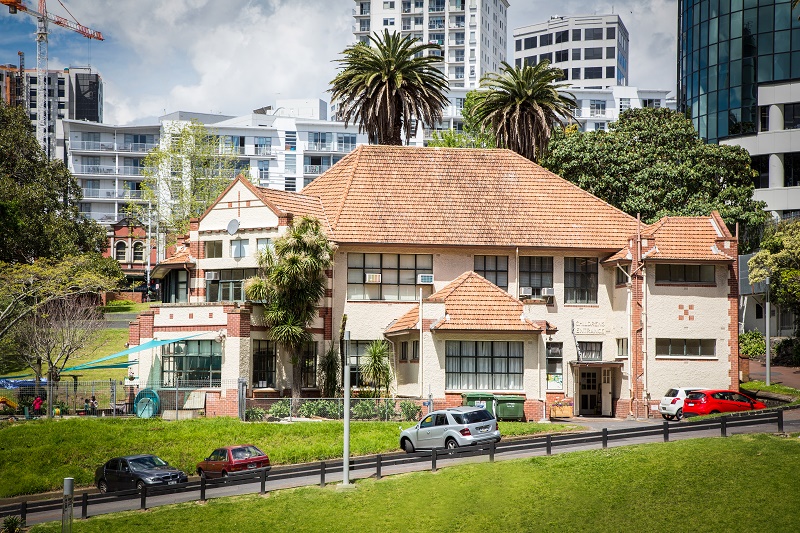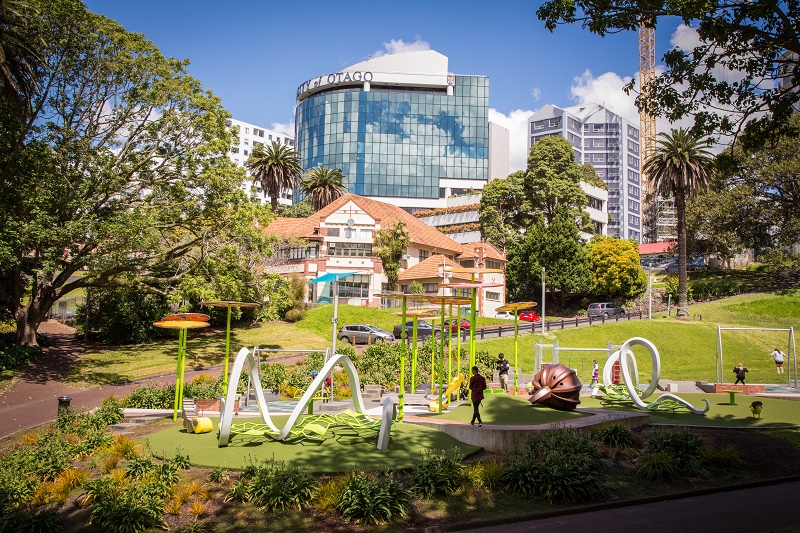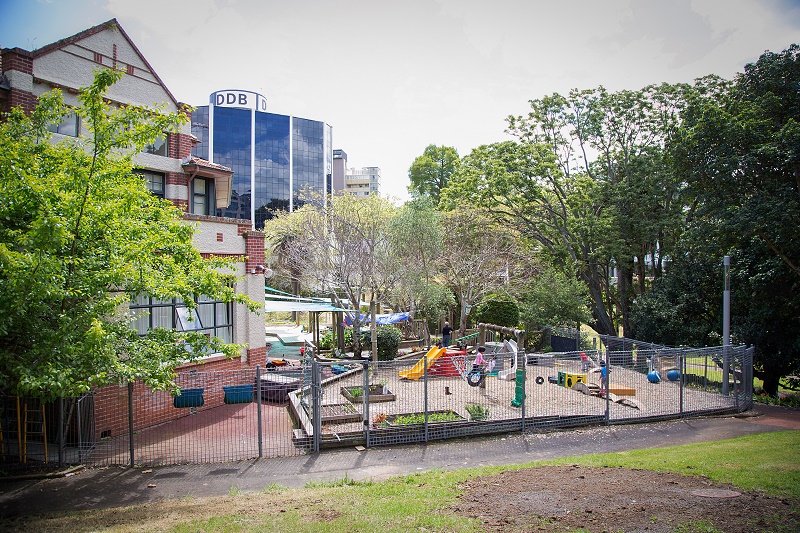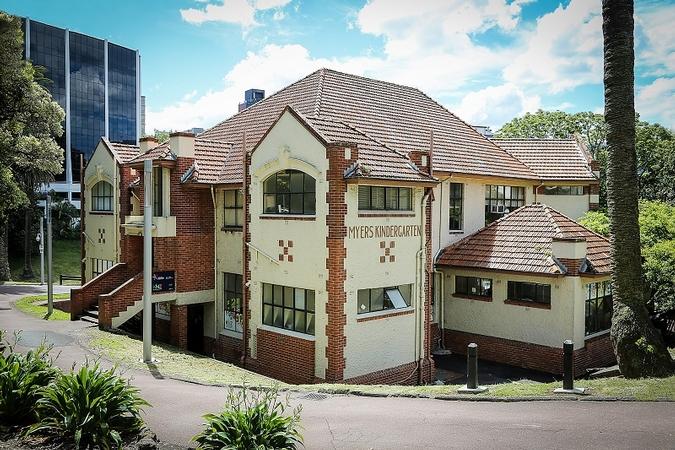
Here's to 100 Years for Myers Kindergarten
16 November 2016, 12:40PM
The PR Shop
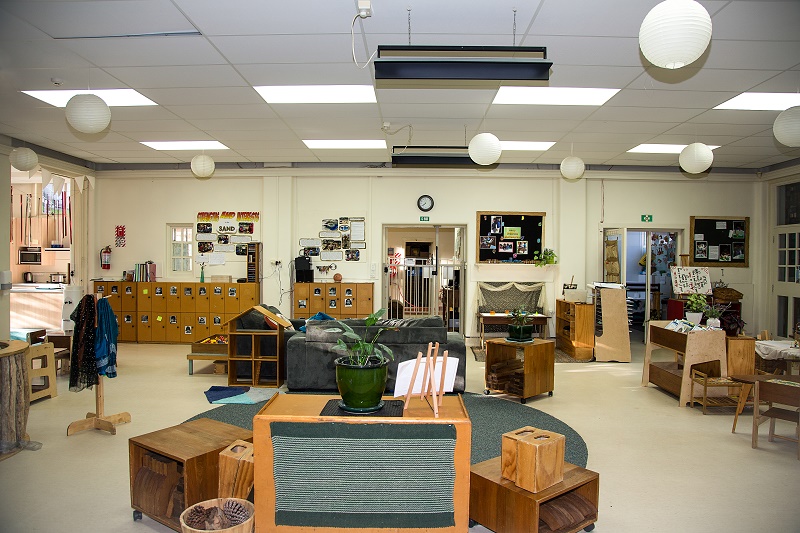
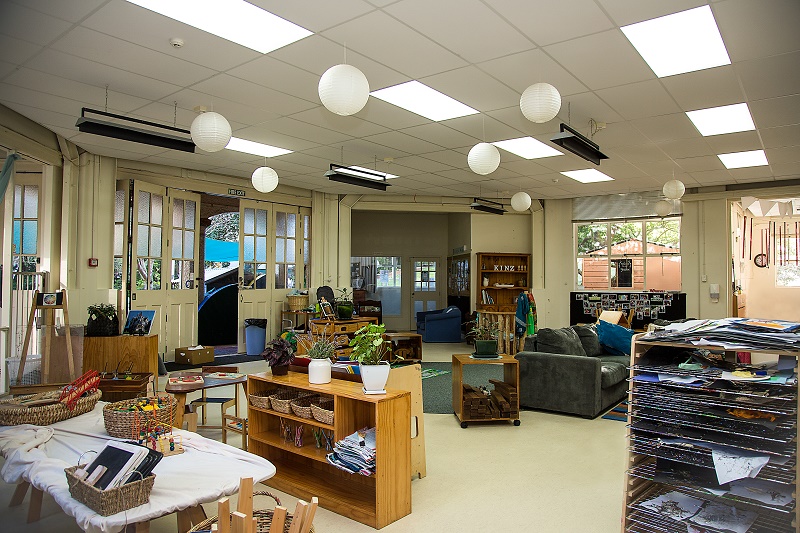
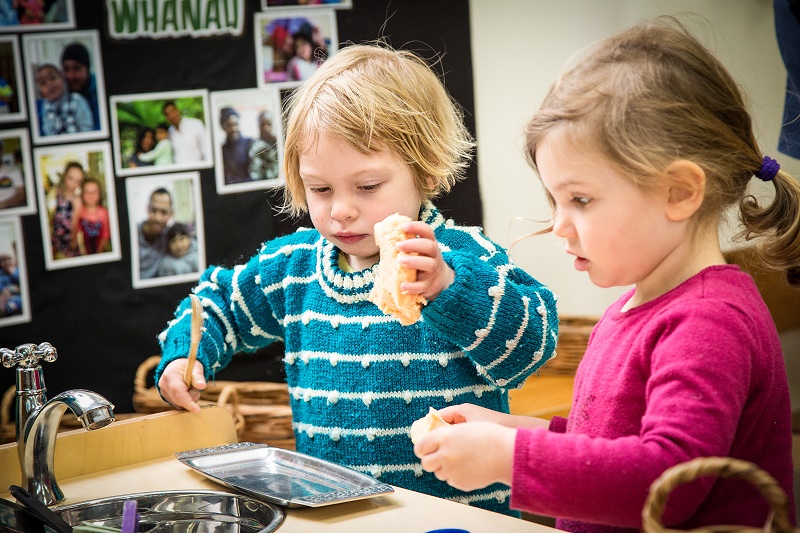
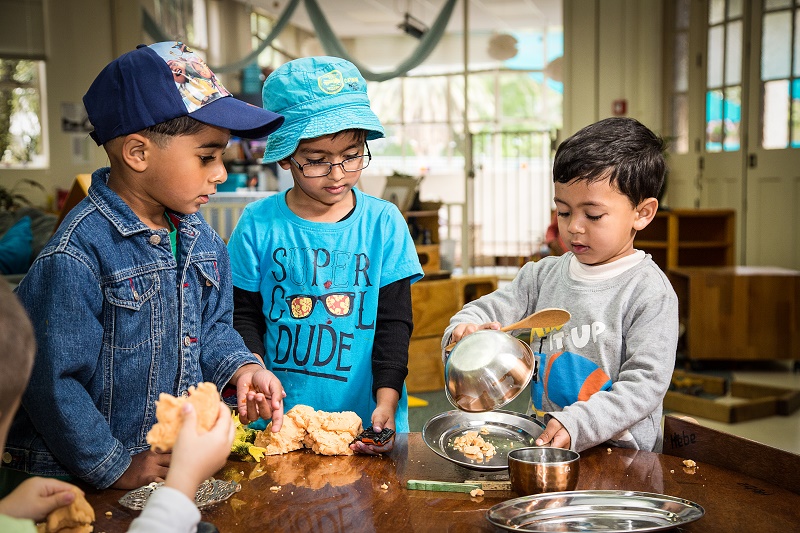
This week, the Auckland Kindergarten Association (AKA) is helping one of its KiNZ early learning centres to celebrate its centenary.
The iconic Myers Kindergarten (now KiNZ Myers Park), located in central Auckland, opened its doors a century ago with an official ceremony on 15 November 1916. This jewel in the AKA’s crown was donated by Sir Arthur Myers, who also gifted Myers Park to Auckland, as a haven for urban children to escape overcrowded and unsavoury conditions, giving them an opportunity to experience nature, fresh air and sunlight.
Its completion marked the final element in the transformation of the Grey Street Gully, an area of slum housing and a dump for household waste, into a reform park created as a safe place for city children to relax and play. Sir Arthur Myers believed cities should develop policies to protect children’s interests, and the aim of Myers Park and its kindergarten was to provide a bright and enriching environment for children, where the AKA’s approach to learning and play would help them on the path to being independent, self-assured individuals.
To this end, the glassed-in veranda / sand tray room faced north to the sun, and a well-equipped children’s playground was designed with features modern for the time, including a paddling pool, sand circle and playground equipment. A theme of holistic care ran throughout everything the kindergarten did, with every aspect of a child’s physical, mental and social well being tended to.
When opened, Myers deemed that “it was important to develop the all-sided activity of the child,” and throughout the decades the kindergarten has continued to emerge as an innovator in early childhood education. It was designed to provide a programme based around the teaching methods of Friedrich Froebel - founder of the kindergarten system - who legitimised play as a means of stimulating children to express themselves, and its educational ideals have continued to prioritise developing children into competent and confident learners.
For a century, this incredible resource has operated as a children’s learning centre, a teacher training institute and has even doubled as a hospital and food kitchen in times of crisis. Each decade it has grown, adapted and re-invented itself for the times culminating in its current incarnation as KiNZ Myers Park, an early learning centre that provides full day care and early learning experiences for children based on the kindergarten philosophy.
The AKA’s CEO Tanya Harvey is proud to be celebrating the milestone of this treasured facility.
“Talking to past teachers and pupils, it’s clear how many people hold incredibly fond memories of their time spent at Myers Kindergarten. I’m sure Sir Arthur Myers would be proud to know that this vision and legacy of his is still alive and thriving in the Auckland community. Myers Kindergarten has been a thought-leader in the care and education of young children since its inception, and we are sure it will continue to innovate into the future.”
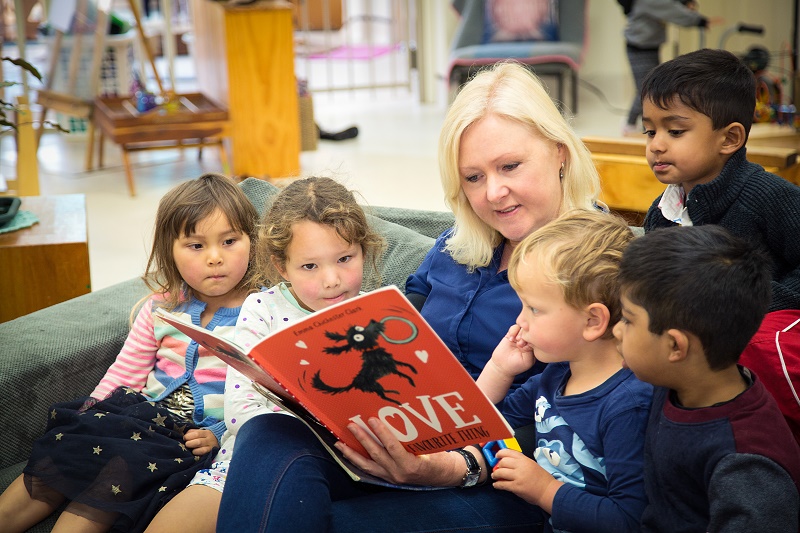
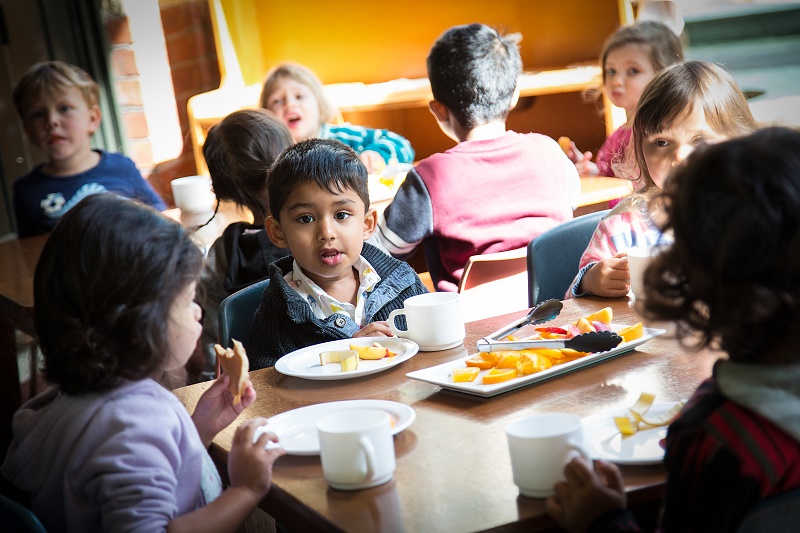
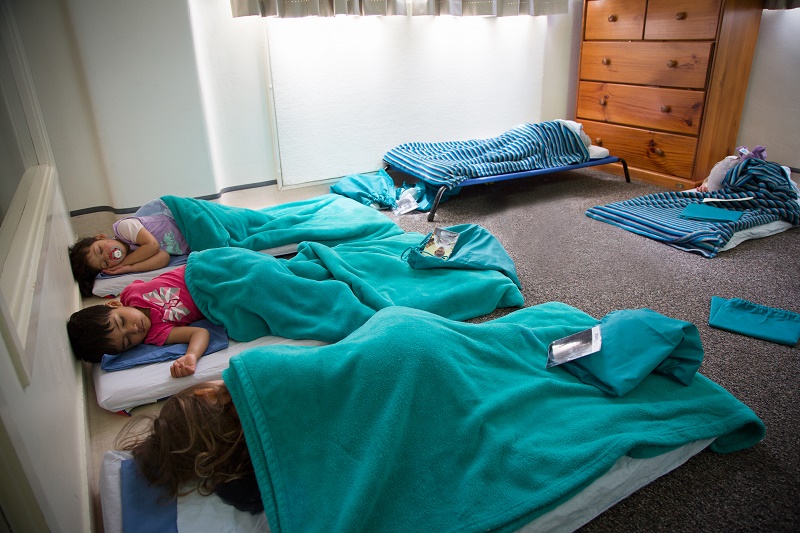
Interesting facts about Myers Kindergarten:
- The building was set back from the street, in direct contrast to the established urban pattern, to be consistent with the desire to remove children from street life.
- The new building was not without controversy, in particular throughout the war period of 1914-18. Anti-German sentiment led to a discussion about whether the name ‘kindergarten’ (meaning ‘children’s garden’ in German) should be used. Many anonymous and strongly worded letters were sent to the newspaper calling for a ban of the word.
- In 1918, the influenza pandemic – New Zealand’s worst disease outbreak – struck, killing over 8,600 in just two months. All schools and kindergartens were closed to prevent cross infection, so the AKA offered up Myers Kindergarten as a temporary children’s hospital. With the latest appliances including a hot water service, baths, cooking arrangements, and access to sunlight and fresh air – it was a valuable resource during this time of unprecedented social upheaval.
- Continued outbreaks of epidemic diseases throughout the 1920s and 30s prompted Myers Kindergarten to implement preventative health measures for the children including monthly medical checks, apples and other fruit to supplement milk and biscuits, as well as ready access to the outdoors.
- AKA teachers would walk the children to and from kindergarten using a rope with knotted loops. Each child would hold on to a knotted loop to follow the teacher in a line.
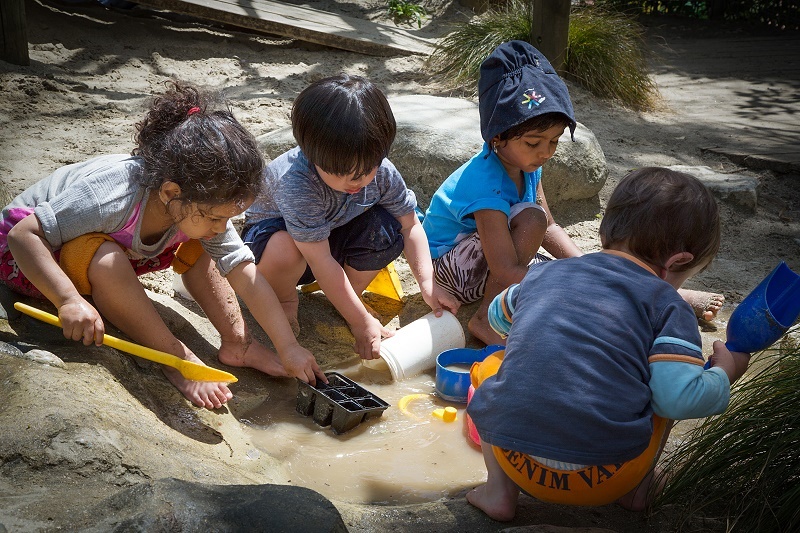
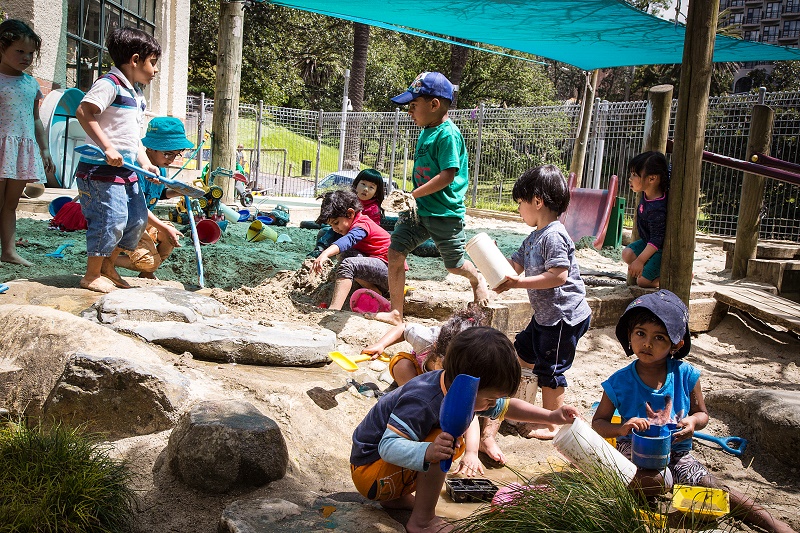
About the Auckland Kindergarten Association:
Established in 1908, the AKA has been helping Auckland’s children learn for over 100 years. It is New Zealand’s largest kindergarten association. Each year it provides quality early childhood education to over 10,000 young children. The charitable trust employs professional Early Childhood Education (ECE) qualified and registered teachers who provide a safe and enriching early childhood learning environment where children can develop as confident and competent learners.
At AKA kindergartens and KiNZ centres, children are encouraged to express themselves and actively discover, experience and come to understand the world around them while making friends and having a whole lot of fun. Read more at www.aka.org.nz.
